In the fast-paced digital era, where online users demand instant gratification, website speed has become an essential factor in determining a site’s success. Slow-loading pages can lead to higher bounce rates, reduced user engagement, and ultimately, a negative impact on a business’s bottom line. To address these concerns, Google PageSpeed Insights (PSI) has emerged as a powerful tool to analyze website performance and offer actionable recommendations to enhance page speed and user experience. In this article, we will delve into the importance of Google PageSpeed Insights for websites and business owners, exploring its features, metrics, and the benefits of optimizing page speed.
Understanding Google PageSpeed Insights
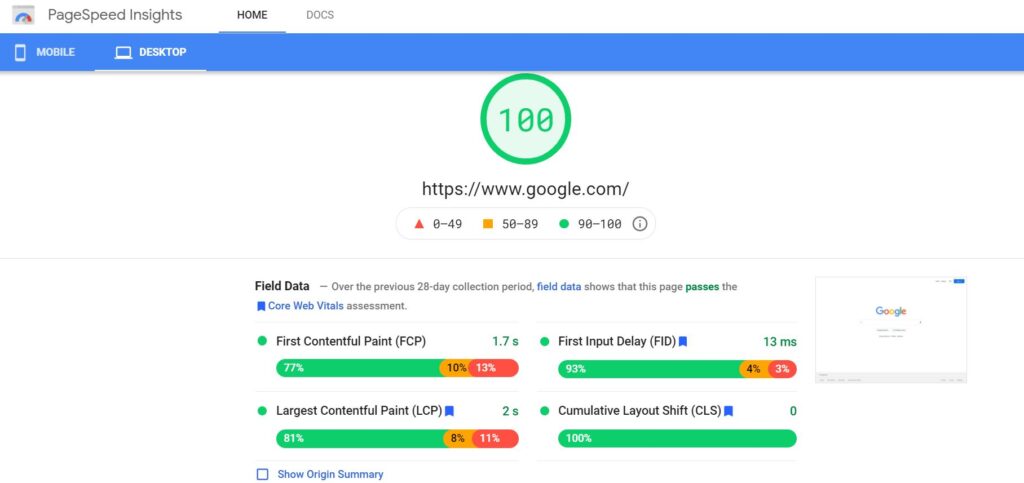
Google PageSpeed Insights is a free online tool provided by Google that assesses the page speed of a website on both mobile and desktop devices. By analyzing various performance metrics, PSI generates a score between 0 and 100, with higher scores indicating better optimization for speed and efficiency. This tool is user-friendly, making it accessible to both web developers and website owners seeking to improve their site’s performance.
The Power of Real-User Experience Data
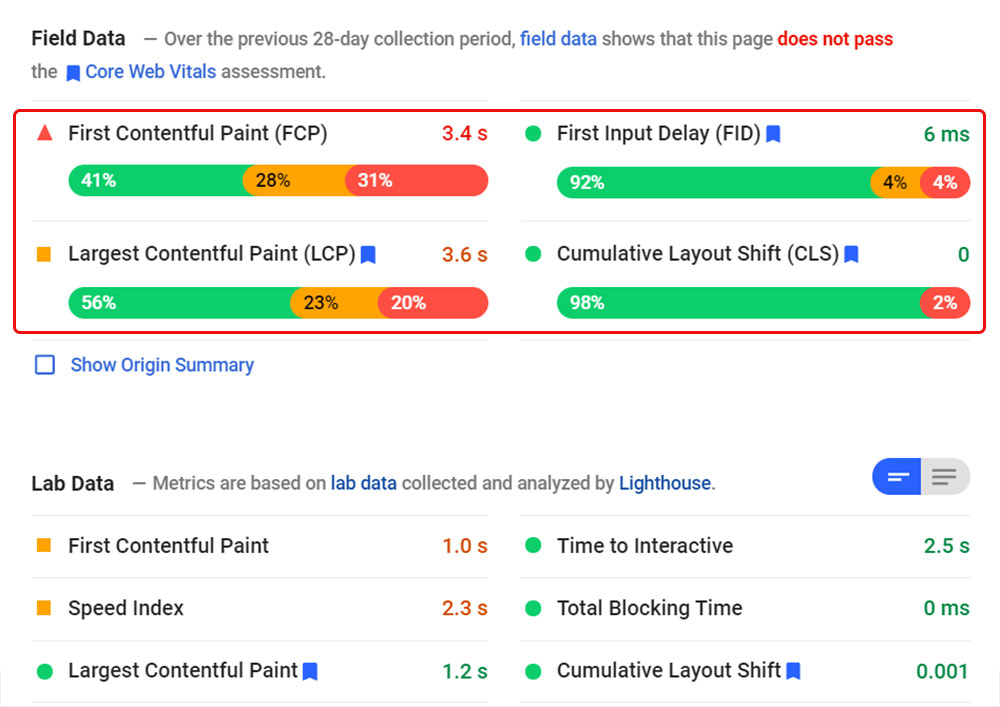
One of the standout features of Google PageSpeed Insights is its ability to provide both lab and field data to assess a webpage’s performance. Lab data is collected in a controlled environment, offering insights into potential issues, but may not fully capture real-world bottlenecks. In contrast, field data is based on the Chrome User Experience Report (CrUX) dataset, reflecting the actual experiences of real users. This data includes metrics such as First Contentful Paint (FCP), First Input Delay (FID), Largest Contentful Paint (LCP), Cumulative Layout Shift (CLS), and Interaction to Next Paint (INP) over a 28-day period.
Assessing User Experience Quality
PSI classifies user experiences into three categories: Good, Needs Improvement, or Poor, based on predetermined thresholds for each metric. For instance, an FCP below 1800ms is considered Good, while an FCP between 1800ms and 3000ms falls under Needs Improvement, and anything above 3000ms is categorized as Poor. The same classification applies to other metrics, including FID, LCP, CLS, and INP.
Core Web Vitals and Their Significance
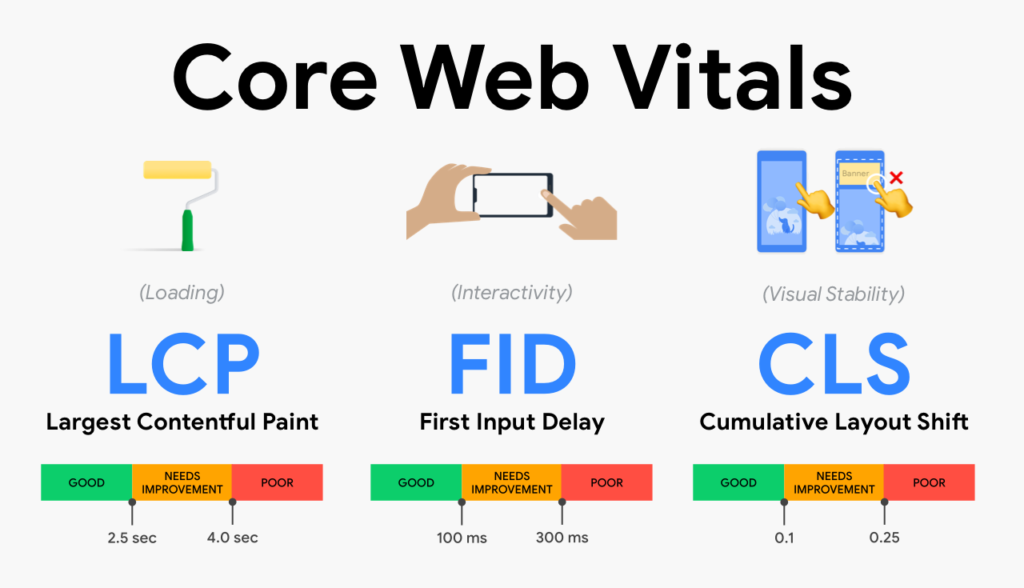
Core Web Vitals are a set of performance metrics critical to all web experiences. These core metrics include FID, LCP, and CLS, and they are aggregated at either the page or origin level. To pass the Core Web Vitals assessment, the 75th percentile values of all three metrics must be Good. Websites that meet this criterion are likely to offer a smooth and seamless user experience under challenging device and network conditions.
Realizing the Impact on SEO
While Google PageSpeed Insights does not directly impact a website’s SEO rankings, it assesses factors that can influence search engine rankings, such as page speed and user experience. Optimizing a site based on PSI recommendations can lead to faster loading times and improved user engagement, which, in turn, can positively affect a site’s search rankings. Search engines value websites that prioritize user experience, and PSI offers valuable insights for webmasters to enhance these aspects.
The Role of Lab Diagnostics

Lighthouse, a performance auditing tool developed by Google, powers PSI’s lab diagnostics. Lighthouse analyzes a given URL in a simulated environment and provides scores for different categories, including Performance, Accessibility, Best Practices, and SEO. These categories are instrumental in identifying potential issues and providing developers with actionable steps to enhance their websites.
Diving into the Metrics
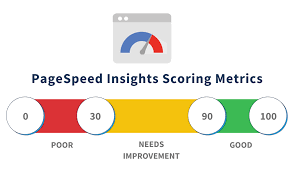
Within the Performance category, PSI presents various metrics, such as First Contentful Paint, Largest Contentful Paint, Speed Index, Cumulative Layout Shift, Time to Interactive, and Total Blocking Time. Each metric is assigned a score and labeled with visual indicators, making it easy for users to understand the overall performance of their webpages.
Importance of Scoring
The scores for each category are presented at the top of the PSI report. A score of 90 or above is considered Good, indicating that the website performs well in terms of speed and optimization. Scores ranging from 50 to 89 signal areas needing improvement, while scores below 50 are deemed Poor, necessitating immediate attention to enhance the website’s overall performance.
Leveraging Audits for Improvement
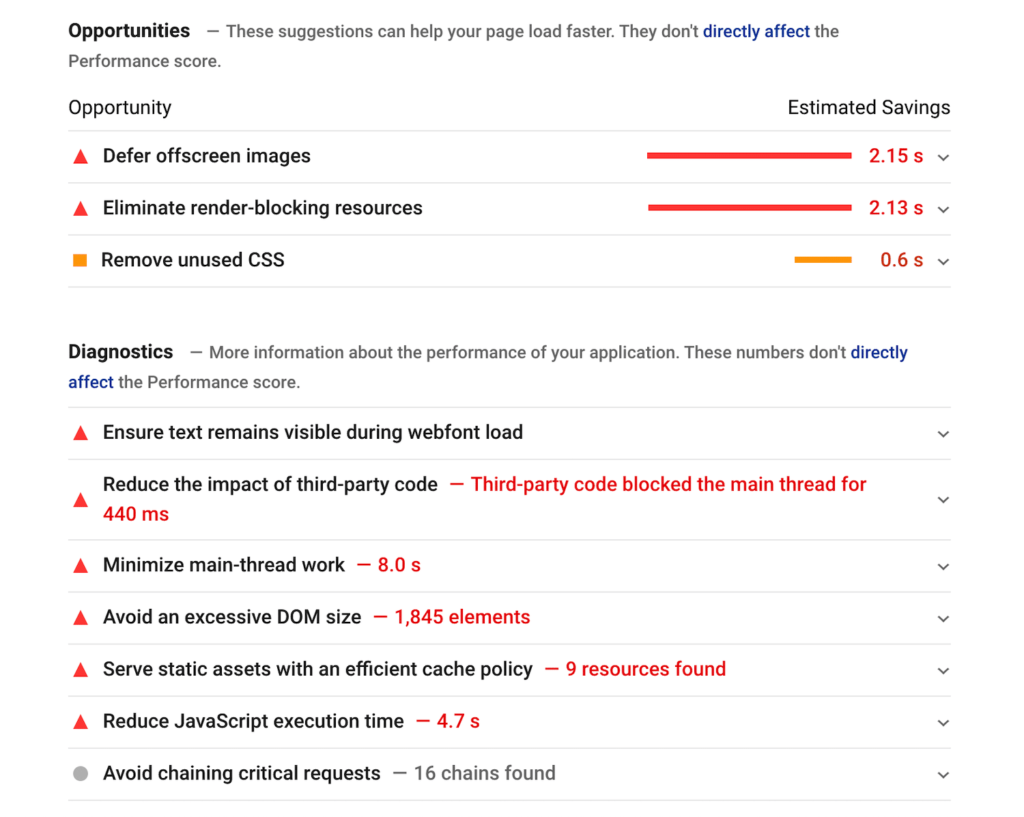
PSI’s diagnostic tool provides a list of audits, offering insights into how webmasters can enhance user experience and overall site performance. These audits suggest specific improvements, such as eliminating render-blocking resources, reducing server response times, optimizing images, and avoiding chaining critical requests. By implementing these recommendations, website owners can significantly improve their PSI scores and provide a better user experience for their visitors.
The Impact of Preload Key Requests
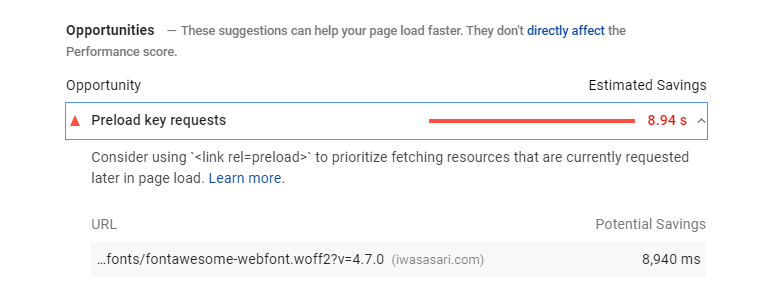
Preloading key requests is a strategy that prioritizes critical assets and instructs the browser to download them first. This ensures that the most relevant files load faster, enhancing the overall user experience. Key requests include fonts, JavaScript files, CSS files, and images. By preloading these elements, webmasters can reduce loading times and create a smoother browsing experience for their users.
Understanding the Difference Between Field Data and Lab Data
Field data and lab data sometimes provide conflicting results due to their different methodologies. Field data reflects real-world user experiences, considering a variety of devices and network conditions, while lab data is based on simulated loads in controlled environments. This variation is normal, and webmasters must acknowledge the importance of both data types in understanding their site’s performance.
Overcoming Metric Variability
The variability in performance measurement is influenced by factors such as local network availability, client hardware resources, and client resource contention. These variations can result in different performance scores during different runs, even if no changes have been made to the website. To accurately assess performance improvements, webmasters must consider a series of runs and analyze trends over time.
The Value of Website Speed for Businesses
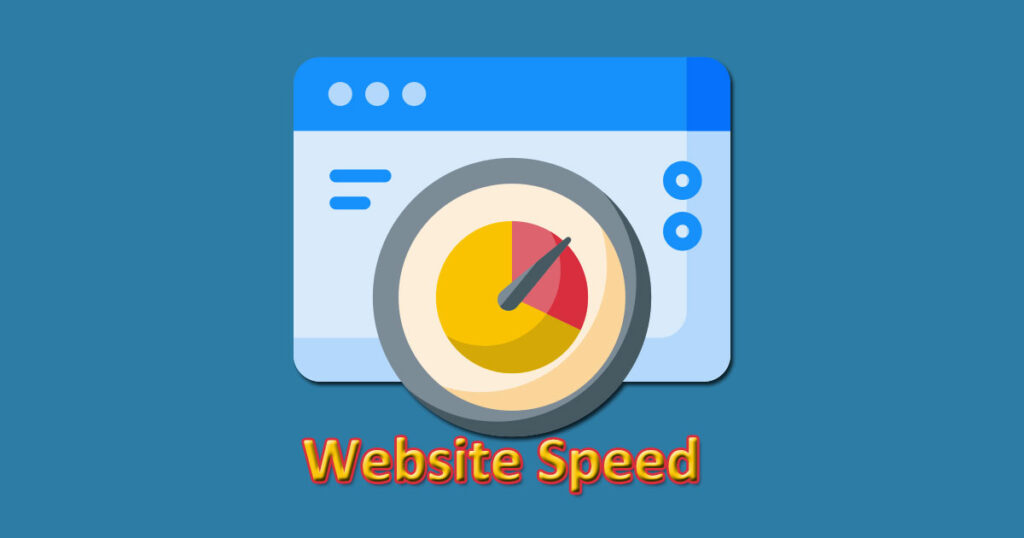
For business owners, the importance of Google PageSpeed Insights extends beyond technical considerations. A fast-loading website can significantly impact a business’s success and growth. Improved page speed leads to reduced bounce rates, increased user engagement, longer session durations, and a higher likelihood of conversions. Moreover, a faster website provides a better user experience, enhancing customer satisfaction and loyalty.
Enhancing Mobile User Experience
With the increasing use of mobile devices for online browsing, optimizing mobile page speed has become crucial for business owners. Google PageSpeed Insights provides separate scores for mobile and desktop devices, allowing website owners to prioritize mobile performance and cater to the growing number of mobile users. A well-optimized mobile site ensures that users can access content quickly and efficiently, leading to higher chances of customer retention and conversions.
Positive Impact on Conversions and Revenue
A faster website not only enhances user experience but also directly impacts conversion rates and revenue. Studies have shown that even a one-second delay in page load time can result in a significant drop in conversion rates. On the other hand, websites that load quickly and provide a seamless browsing experience tend to attract more customers and generate higher revenue.
In today’s competitive digital landscape, website speed has become a critical factor that influences user experience, search rankings, and business success. Google PageSpeed Insights emerges as a valuable tool for assessing website performance, providing both lab and field data to optimize page speed and user experience. By understanding the metrics, implementing the recommendations, and prioritizing user satisfaction, webmasters and business owners can create fast-loading websites that attract and retain visitors, leading to improved conversions and business growth. The adoption of PSI’s insights is crucial for businesses looking to gain a competitive edge and establish a strong online presence.
Emphasizing User Experience
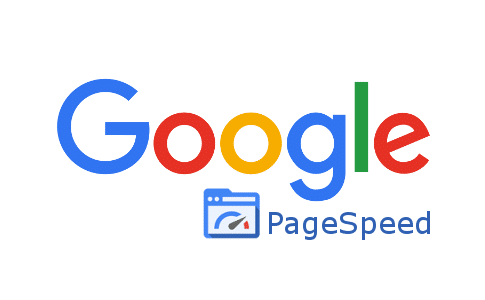
The primary focus of Google PageSpeed Insights is user experience. As users increasingly demand faster and more seamless browsing experiences, businesses must prioritize website performance. With PSI’s real-user experience data, webmasters can gain valuable insights into how users interact with their websites. This understanding allows them to address pain points, identify common bottlenecks, and optimize their web pages to cater to user needs and preferences. The result is a positive impact on user satisfaction, leading to increased engagement and repeat visits.
Mobile-First Approach

With the rise of mobile browsing, businesses must adopt a mobile-first approach to their online presence. Google PageSpeed Insights helps businesses gauge their website’s mobile performance, highlighting areas for improvement to cater to mobile users effectively. By ensuring that websites are optimized for mobile devices, businesses can capture a significant share of the mobile user market and remain competitive in their respective industries.
Enhancing Brand Reputation
A slow-loading website can leave a negative impression on visitors, leading to a tarnished brand reputation. Users often associate slow-loading pages with unprofessionalism, lack of reliability, or even security concerns. On the other hand, a fast and responsive website conveys a sense of professionalism, trustworthiness, and competence. By leveraging Google PageSpeed Insights and implementing recommended improvements, businesses can bolster their brand image, fostering trust among their target audience.
Reducing Bounce Rates
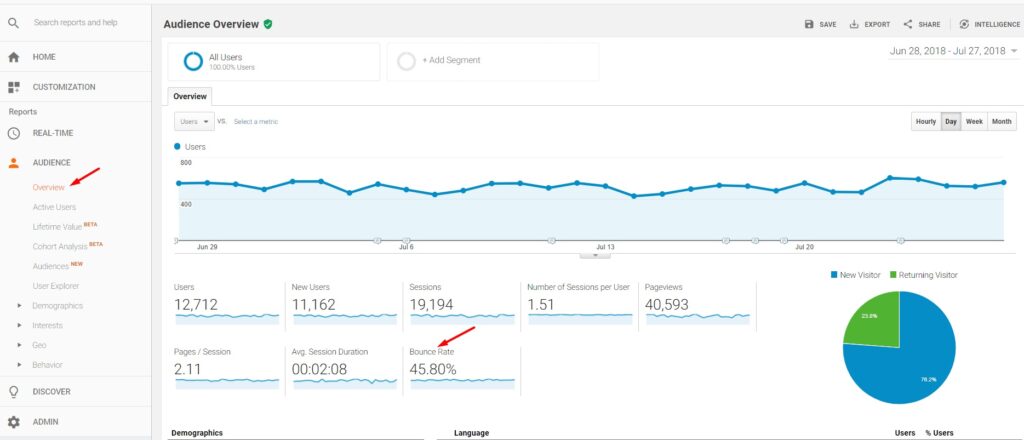
High bounce rates are detrimental to a website’s performance and can significantly impact its search rankings. A fast-loading website reduces bounce rates, as users are more likely to stay and explore when they encounter a smooth and efficient browsing experience. Google PageSpeed Insights aids businesses in identifying potential issues that may contribute to high bounce rates, empowering them to make the necessary changes to retain visitors and encourage further interactions.
Competing in Search Rankings
Search engines consider website speed and user experience as important ranking factors. Websites that load quickly and offer seamless user experiences tend to rank higher in search engine results pages (SERPs). As a result, businesses that prioritize website speed and optimization are more likely to attract organic traffic and compete effectively for higher search rankings. Implementing PSI’s recommendations can give websites an edge over competitors, leading to increased organic visibility and traffic.
Boosting Conversion Rates
Website speed directly influences conversion rates, making it a crucial aspect for businesses looking to drive sales and revenue. Faster websites lead to higher conversion rates, as users are more likely to complete desired actions, such as making a purchase or submitting a form. By employing Google PageSpeed Insights and acting upon its suggestions, businesses can create a seamless and enjoyable user journey, increasing the likelihood of conversions and revenue generation.
Staying Ahead in a Dynamic Landscape
The digital landscape is constantly evolving, and user expectations continue to rise. Businesses must remain adaptable and proactive in their approach to website performance. By regularly utilizing Google PageSpeed Insights to monitor performance and implement improvements, businesses can stay ahead of the curve and consistently deliver exceptional user experiences. This adaptability also enables businesses to respond to emerging trends and technological advancements, ensuring that their websites remain relevant and competitive.
Conclusion
In conclusion, Google PageSpeed Insights is a powerful tool that offers valuable insights into website performance and user experience. With its ability to provide both lab and field data, businesses can gain a comprehensive understanding of their website’s performance under various conditions. PSI’s real-user experience data allows businesses to prioritize user satisfaction, enhance mobile performance, and optimize their websites for improved search rankings. By implementing the tool’s recommendations, businesses can create faster, more responsive websites that boost user engagement, increase conversions, and foster a positive brand reputation. In a highly competitive digital landscape, leveraging Google PageSpeed Insights is not just beneficial; it is essential for businesses aiming to thrive and succeed in the online realm.






